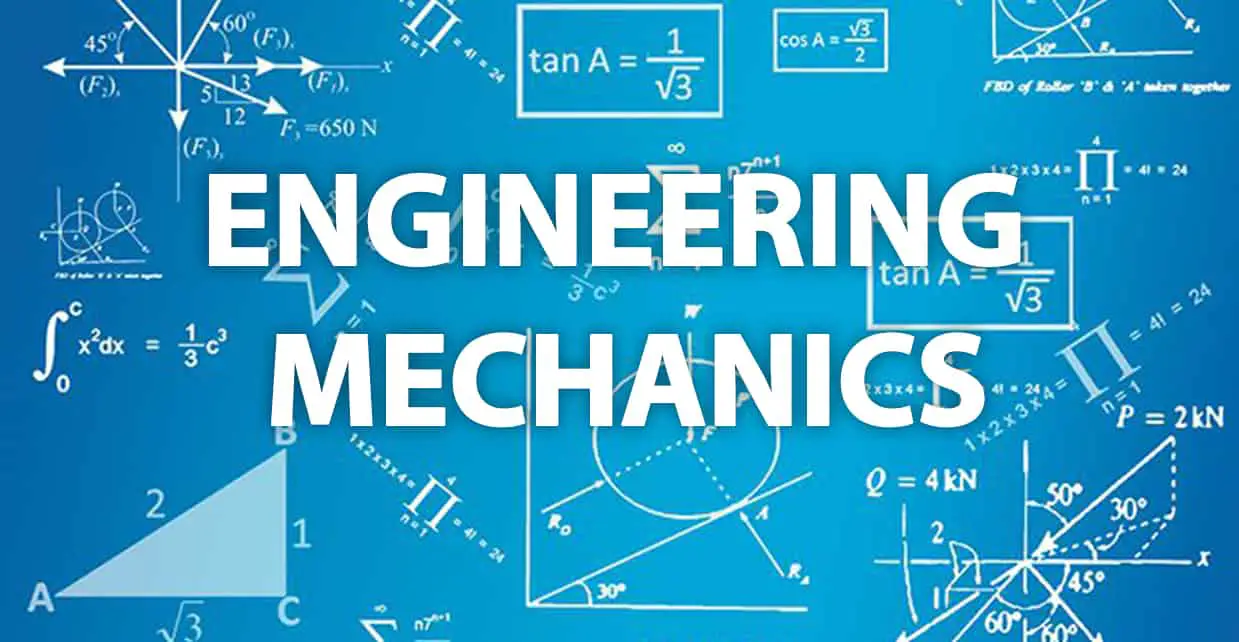Classical mechanics, the branch of physics that deals with the motion of objects and the forces acting upon them, has numerous applications across various fields. Here’s some information about mechanics and its applications:
- Newtonian Mechanics: Developed by Sir Isaac Newton, this branch of mechanics describes the motion of objects using Newton’s three laws of motion:
- First Law: An object remains at rest or in uniform motion unless acted upon by an external force.
- Second Law: The acceleration of an object is directly proportional to the force acting on it and inversely proportional to its mass.
- Third Law: For every action, there is an equal and opposite reaction. Applications of Newtonian mechanics include:
- Engineering: Designing structures, machines, and vehicles by analyzing forces and motion.
- Projectile Motion: Calculating trajectories for projectiles such as rockets, artillery, and sports balls.
- Astronomy: Predicting the motion of celestial bodies, such as planets, moons, and comets.
- Analytical Mechanics: Developed further by scientists like Lagrange and Hamilton, analytical mechanics provides a more general and powerful framework for understanding the motion of particles and systems. It introduces concepts such as generalized coordinates, generalized forces, and the principle of least action. Applications of analytical mechanics include:
- Quantum Mechanics and Quantum Field Theory: Formulating the mathematical foundations of quantum mechanics and quantum field theory, which describe the behavior of particles at the atomic and subatomic scales.
- Celestial Mechanics: Analyzing the orbits of celestial bodies, including the motion of artificial satellites and spacecraft.
- Fluid Mechanics: This branch of mechanics studies the behavior of fluids (liquids and gases) and the forces acting within them. It encompasses topics such as fluid dynamics, fluid statics, and aerodynamics. Applications of fluid mechanics include:
- Aeronautics and Aerospace Engineering: Designing aircraft, spacecraft, and propulsion systems by analyzing airflow and aerodynamic forces.
- Civil Engineering: Designing structures such as bridges and dams to withstand fluid forces, including water flow and wind loads.
- Weather Prediction: Modeling atmospheric circulation patterns and predicting weather phenomena like hurricanes and tornadoes.
- Solid Mechanics: Solid mechanics deals with the behavior of solid materials under the action of external forces. It includes topics such as elasticity, plasticity, and structural mechanics. Applications of solid mechanics include:
- Materials Science and Engineering: Designing materials with specific mechanical properties for various applications, including construction, manufacturing, and biomedical engineering.
- Civil Engineering: Analyzing the structural integrity of buildings, bridges, and infrastructure to ensure safety and durability.
- Automotive Engineering: Designing vehicles and components to withstand mechanical stresses and optimize performance and safety.
Mechanics is fundamental to understanding the physical world and is essential for solving practical problems in engineering, physics, and other scientific disciplines. Its applications are diverse and play a critical role in technological advancements and everyday life.




